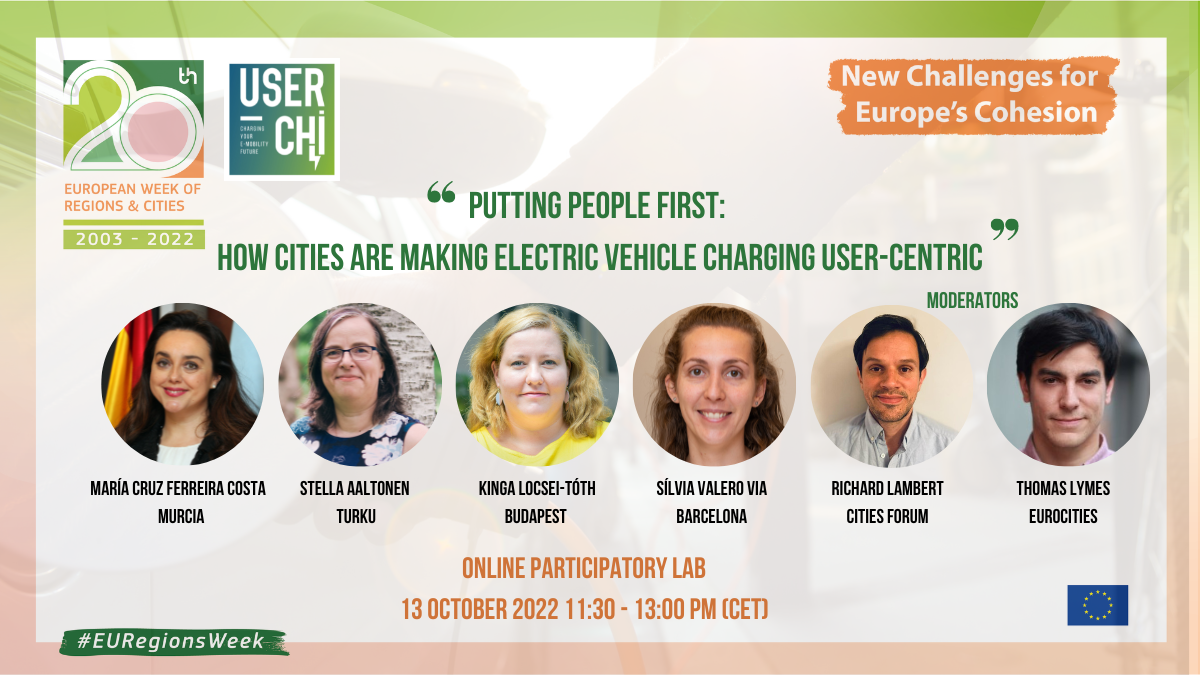Webinar
Also known as: Knowledge sharing webinars, Sharing stories webinar, deep-dive session
A webinar is an online platform designed for interactive knowledge sharing and discussions, typically centered around a specific topic or theme. The session often begins with an introduction or presentation on the topic, which sets the stage for subsequent discussions or presentations. Throughout the webinar, participants have the opportunity to hear from various experts or practitioners who provide insights, experiences, or case studies relevant to the topic. Attendees can actively engage by asking questions, providing feedback, and sharing their own perspectives or experiences, fostering a collaborative learning environment.
Method
- Topic selection: Choose a topic that aligns with the interests, needs, or knowledge areas of the intended audience. The subject should be relevant and timely to ensure participant engagement.
- Speaker selection: Identify and invite experts, professionals, or experienced individuals who can deliver valuable insights on the chosen topic.
- Sharing information: Create a detailed agenda for the webinar. This should include the timing, the list of speakers, topics or sub-topics to be covered, and any other pertinent details. Share this information, along with a link to join the webinar, with registered participants well in advance.
- Webinar structure:
- Start with an introduction to the topic and a brief about the flow of the session.
- Transition to the main presentation or talk.
- Allow time for Q&A after each presentation.
- Conclude with a summary or recap, highlighting the key takeaways.
- Recording: It’s useful to record the webinar. This allows attendees to revisit the content later and provides an opportunity for those who missed the live session to view the webinar at their convenience. Remember to notify any participant who will be visible or audible during the webinar in advance that it will be recorded and secure their consent.
Examples of application
Sharing Stories Webinar
In Eurocities’ EU-funded Cultural Heritage in Action project, ‘Sharing stories webinars’ had the following structure:
- Topic selection: Topics were chosen based on the cultural heritage initiatives driving sustainable urban and regional development, focusing on the needs of European cities and regions.
- Speaker selection:
- One expert was chosen to deliver a keynote, setting the scene and offering overarching insights.
- Two to three representatives from cities or regions presented best practices, shedding light on real-world applications and outcomes.
- Sharing information: Along with the standard agenda, participants also receive background information pertinent to the cultural heritage initiatives being discussed.
- Webinar structure:
- Webinars were an hour-and-a-half long.
- The moderator introduces the session.
- A keynote speech is delivered to introduce the overarching theme.
- Multiple case studies are presented, with each presentation followed by a dedicated Q&A segment.
- The session ends with a recap highlighting the primary lessons, tips, and essential points to remember.
Top tips
Make sure the online meeting is conversational and participants are active.
Pros & cons
Pros
- Easy to organise, no travel costs and reduced logistical issues
- Open to all, no limitation in terms of registration and number or participants
- Lots of knowledge shared
- Large attendance (You can expect 50-100 attendees)
- Allows attendees to grasp cities’ narratives around projects and processes, and on how projects and practices evolved.
- Inspires other cities and provides concrete feedback on practices and projects
- Allows conversation between cities presenting and participants
Cons
- Short and online sessions, no time to ‘deep dive’
- Organisation is part of the project coordinator’s job
Outcomes and impact
This is a good tool to share inspiration across a large group of attendees in a short time.
Impact
- Allow to grasp cities narratives around projects and processes, on how projects and practices evolved, and cities storytelling.
- Inspire other cities and give concrete feedback on practices and projects
- Allow conversation between cities presenting and with participant.
Pitfalls
Can be pretty passive – moderator should engage discussion and prepare questions.
Links
Video recordings and report on these webinars in Cultural Heritage in Action are available on project website.


